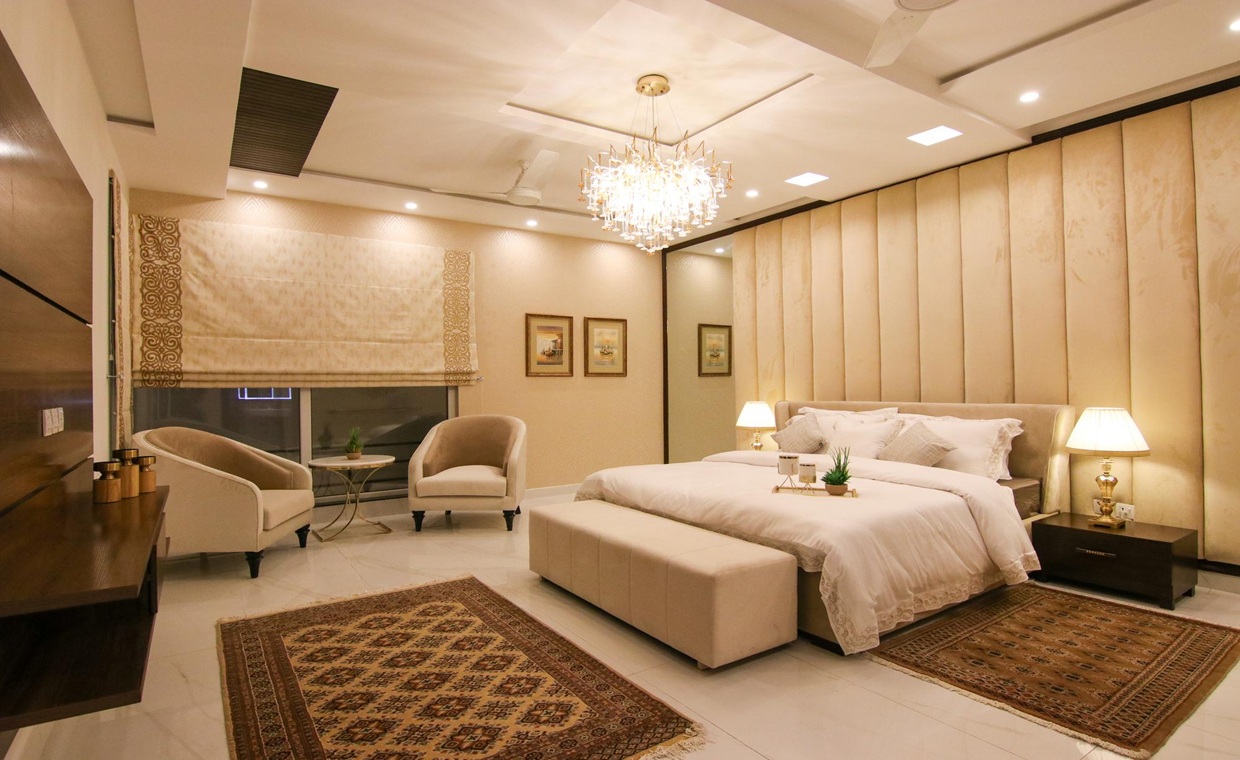
Modern architecture has changed how we see and interact with the buildings around us. Emerging in the early 20th century, this movement moved away from traditional styles, focusing on simplicity, innovation, and combining aesthetics with functionality. Its importance comes from its ability to adapt to society’s needs while advancing design and technology. By blending form and function, modern architecture creates spaces that are both beautiful and practical.
This analysis explores the core ideas of modern architecture, its historical background, and how it merges aesthetics with utility. We’ll look at the key elements that shaped this movement, how new technologies and sustainable practices are shaping construction, and what the future holds for modern design. Join us to see how Los Angeles architecture firms are bringing form and function together to define the spaces where we live, work, and play. Gharpedia brings you a guide on how modern architecture incorporates a major principle of form meets function.
How Modern Architecture is based on Form Meets Function?
Let’s understand how modern architecture incorporates its guiding principle of form meets function.
01. Historical Roots of Modern Architecture:

Tracing the roots of modern architecture shows how it progressed from the classical Greek and Roman styles to the innovative designs of the 20th century. Classical architecture emphasized proportion, symmetry, and harmony, which set the stage for later developments. The Industrial Revolution brought new materials and building techniques, leading to the creation of steel and glass structures that were once unimaginable.
In the 20th century, architects like Le Corbusier and Frank Lloyd Wright shifted towards simplicity and functionality, favoring clean lines and open spaces over ornate designs. This history helps explain how form follows function became key principles in modern architecture.
02. Principles of Functionalism:
Functionalism focuses on making architectural designs practical and efficient to meet the needs of those using the space. It emphasizes that a building’s design should be guided by its intended use rather than decorative features. Architects simplify designs, prioritizing usability and efficiency, like open floor plans for easy movement or large windows for more natural light.
Functionalism also supports adaptability, allowing spaces to change as needed. Whether it’s ergonomic furniture or thoughtful room placement, these elements ensure comfort and well-being. By focusing on function-driven designs, architects create structures that are not only beautiful but also practical and enduring.
03. Aesthetics in Modern Architecture:

Modern architecture focuses on aesthetics, using minimalist and sleek designs. These designs feature clean lines, open spaces, and emphasize only the essentials. By keeping things simple, architects create visually striking buildings that still work well for their purpose.
For example, large open areas increase a building’s usability, offering more flexibility. Materials like glass and steel add a modern, sophisticated look while being durable and efficient. This balance between style and function is key in modern design, allowing architects to create spaces that are both attractive and practical. The combination of form and function highlights the innovation at the heart of modern architecture.
04. Material Innovations:
Technological and material innovations have transformed modern architecture, enabling architects to achieve more ambitious designs. New materials like high-performance concrete, smart glass, and sustainable composites are reshaping how buildings are created. These materials not only enhance aesthetics but also improve functionality. For instance, smart glass can adjust its opacity based on sunlight, boosting energy efficiency and comfort.
High-performance concrete allows for longer spans and bolder designs that were once impossible. Environmentally, sustainable composites made from recycled materials offer eco-friendly solutions for green building. By combining advanced materials with innovative designs, architects are now able to create buildings where form and function work together more effectively than ever, setting a new standard for the built environment.
05. Sustainable Design:

Sustainability is becoming increasingly central to modern architecture, reflecting a growing commitment to eco-friendly practices and materials. Architects are turning to options like reclaimed wood, bamboo, and recycled metal to minimize the environmental impact of construction. In addition, energy-efficient systems such as rooftop solar panels, geothermal heating, and even rainwater harvesting are being integrated to reduce reliance on non-renewable resources.
Form follows function architecture approach not only meets today’s environmental standards but also creates a seamless blend of form and function. These designs are both aesthetically pleasing and responsible, setting the stage for architecture to play a key role in a sustainable future where buildings actively contribute to environmental preservation.
Conclusion:
Modern architecture represents a powerful fusion of form, function, and sustainability, reflecting how design has progressed to meet the demands of contemporary life. By drawing on its historical roots and embracing principles of functionalism, modern architecture prioritizes both usability and aesthetic appeal. The integration of new materials and sustainable practices further enhances the ability of these structures to serve practical needs while minimizing environmental impact. As we look to the future, modern architecture will continue to innovate, creating spaces that are not only beautiful and efficient but also environmentally responsible and forward-thinking. Modern architecture will continue to evolve, with form meets functions its guiding principle.
Know in depth about form follows function and how it evolved in India:






























